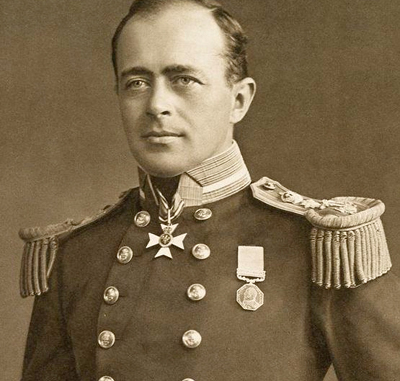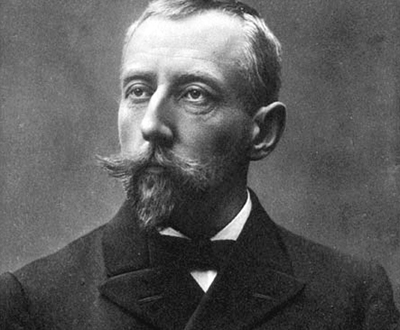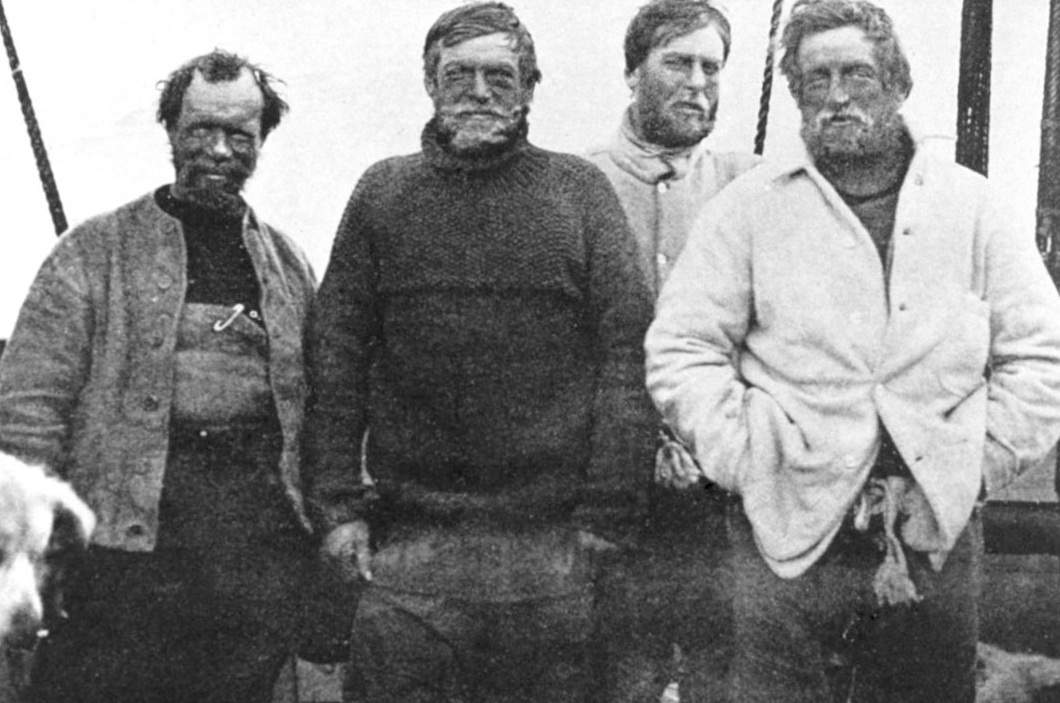Twenty-five years ago, I helped put together an international festival in Japan to celebrate the spirit of exploration. The project was the brainchild of Yuichiro Miura, the man who had once skied down Mt. Everest – and then climbed it again at the age of 75, just because it was there. Miura had also arranged for Sir Edmund Hillary, the man who had first conquered that mountain, to join this event. My task was to bring a team of active duty US astronauts to participate. All of these explorers were obviously brave – but they were also unusually modest and much given to denigrating their own uniqueness – whatever they had done was only because they were part of a larger team.
A subtext for the gathering was to add a final punctuation mark at the end of the age of Earth-bound exploration and – in those more innocent years before the Challenger disaster – to encourage the redirection of humanity’s energies onward into space exploration. We now know, of course, that it would be much harder, but then we could have learned much of that from a contemplation of the varied fates of the three contemporary polar explorers – Amundsen, Shackleton and Scott – as well.
The great terrestrial age of exploration, of course, had begun in the fifteenth century with the early voyages of men like Vasco da Gama and Columbus; continued through great voyages of exploration and science like those of Cook, Franklin and Darwin; and then reached a culmination with Amundsen’s march across Antarctica to the South Pole, a hundred years ago on 14 or 15 December (depending on which day of the antipodean International Date Line he had been standing on).
For men of the early twentieth century, save for a few mountains like Everest and K-2, the polar caps were the last real geographic extremities remaining to be conquered and explored. The optimism of the late Victorian and Edwardian eras made it seem certain everything was within the grasp of humankind – or shortly would be. Once Robert Peary and Mathew Henson had reached the North Pole in 1909 (even though their achievement remains disputed by champions of another would-be claimant, Frederick Cook), Antarctica was the one big geographic prize left. However, British derring-do and a near-mythic stiff upper lip – plus more lethal romanticism and obdurateness – were outdone by meticulous Scandanavian planning and preparation. The goal of reaching the South Pole first ultimately set up a classic competition between British and Norwegian explorers, Robert F Scott and Roald Amundsen.
Captain Robert Falcon Scott had already commanded a UK government-funded expedition to the Antarctic in 1901-04, years before his fatal journey. Scott’s three-man party joined him with his friend, Dr Edward Wilson and another adventurer-scientist, Ernest Shackleton. This expedition came within 660km of the Pole – and Scott returned home a national hero. However, following this trip, Scott and Shackleton had a less than friendly parting of the ways, leading Shackleton to skipper his own four-man expedition in 1907-09. This privately supported effort got a far as 160km of the Pole on 9 January 1909 before they too were forced to turn back. As a US Public Broadcasting Corporation documentary described Shackleton’s expedition:
“Shackleton earned the admiration of generations of explorers by making the agonising decision to turn back within 97 miles of the pole rather than risk the lives of his men. Writing to his wife Emily, he quipped, ‘I thought you'd rather have a live donkey than a dead lion.’ A second party, including Sir Douglas Mawson, was the first to reach the South Magnetic Pole with an epic 1,260-mile march and to scale the volcanic Mount Erebus. The expedition also supported significant scientific research.”

Robert Falcon Scott
When Scott learned that his former expedition mate’s latest effort had also failed, Scott decided to go for a second try. Given his own status as a certified national hero, Scott ended up making his preparations under the glare of full-on media attention, unaware that yet another rival was secretly planning to claim the prize instead.
Norwegian Captain Roald Amundsen was also a highly regarded explorer, having navigated the North West Passage above Canada and Alaska, as well as having been one of the first men to winter south of the Antarctic Circle. Amundsen’s dream since childhood had been to be the first person to reach the North Pole, but once that goal was snapped from his grasp, he turned his attention southward instead. In contrast to Scott’s efforts, Amundsen carried out his preparations close-hold to prevent anyone from trying to stop him.
Meanwhile Scott continued with his highly public prep, even deciding to take along some paying guests, such as army captain Lawrence Oates who volunteered to take charge of the draft ponies. Scott’s expedition left Cardiff in June 1910. En route to the Antarctic, Scott stopped in Australia where he received an enigmatic telegram from the Atlantic island of Madeira that read: “Beg leave to inform you Fram [Amundsen’s ship] proceeding Antarctic. Amundsen”.
Amundsen, still playing a very close hand, did not tell his crew where they were headed until reaching Madeira, where he offered them the opportunity to disembark if they wished – although none did. Amundsen’s team all had significant experience in the Arctic and he was convinced that using cross-country skis and sled dogs would be the best way to carry out a race across the Antarctic.
In January, Scott’s party set up camp on Ross Island in McMurdo Sound, just off the continent. Scott had planned to use the route Shackleton had pioneered, up the Beardmore Glacier and then on to the Polar Plateau to the actual goal. Prior to the actual run, his supply teams set up food and equipment caches along the planned route. However, these advance trips led to breakdowns of Scott’s motorised transports and also inflicted real suffering on his draft ponies. As a result, the main “One Ton” supply depot ended up being placed less far south than Scott had planned – setting in motion some of the fatal problems that doomed Scott’s return from the Pole.
By contrast, Amundsen had correctly guessed there was a viable alternative to the Shackleton route. The Norwegian expedition arrived at the Bay of Whales in January, about 640km from the British camp, and they took a risk in placing their base camp on the ice sheet. Using dog teams to preposition supplies, these were placed further south than Scott's supplies. Amundsen set off for the Pole early in the season but severe temperatures of -40°C drove the Norwegians back to their base, leading to a mutiny among the team. Amundsen then regrouped and dropped the size of the Polar party from eight down to five and this smaller group left for their race to the Pole on 20 October, using some fifty dogs in teams.

Roald Amundsen
Ten days later, Scott left his own base camp with support parties, motorised sleds, dogs and ponies for his own run at the Pole. Amundsen was aware of Scott's motorised transports (certainly an innovation back in 1911) but he did not know that mechanical failures had led to their abandonment, setting Scott’s run in trouble from the beginning. Along the way, it became clear that his ponies were unsuited for the extreme conditions and they were successively killed to provide meat for the explorer team. Eventually the men began to pull their supply sleds themselves after the dog teams were sent back as well – something that exhausted the men as well. As a BBC documentary described Scott’s motivation in making the men haul their supplies explained, it “was exhausting work but Scott believed it was less cruel than using animals and more noble.”
By contrast, Amundsen’s group was making fast progress via the Axel Heiberg Glacier and across the Polar Plateau. And at 3pm on 15 December 1911 (or 14 December, depending on that date line question), the Norwegians reached the Pole where expedition team member Olav Bjaaland took the historic photos and Amundsen wrote in his diary, “So we arrived and were able to plant our flag at the geographical South Pole. God be thanked!” Amundsen's tasks now were to make a safe return and be first with the news of his achievement.
By then, Scott had chosen his final team for the last push, adding a fifth man to the group, Scotsman Lt. Henry “Birdie” Bowers, because his character appealed to Scott. Bowers was strong, versatile and determined. However, while making it a five-man group supplemented manpower, it created new difficulties with rations and fuel.
Scott and his final team reached the Pole on 17 January 1912; but it was more than a month after Amundsen had left. Bowers saw the Norwegian camp and cached supplies, as well as their marker flag and a note for Scott to deliver to the Norwegian king in the event Amundsen did not make it home. But by that time the temperature had dropped even lower than it had been for Amundsen. As a result, Scott’s diary entry was significantly gloomier than his rival’s: “The POLE. Yes, but under very different circumstances from those expected. Great God! This is an awful place and terrible enough for us to have laboured to it without the reward of priority.”
Then Scott’s men began to die. Petty Officer Evans died on 17 February. A month later, Captain Oates, now crippled with frostbite, walked out of the party's tent on his 32nd birthday. Scott wrote Oates had said as he left “I am just going outside and may be some time.” Scott added “We knew that Oates was walking to his death... it was the act of a brave man and an English gentleman.” Only a few days later, the three remaining team members were waiting for death in a swirling blizzard, even as their supply depot was just 17kms away. Scott’s last diary entry read “We shall stick it out to the end, but we are getting weaker, of course, and the end cannot be far. It seems a pity but I do not think I can write more – R Scott.”
Thirty-five years later, English composer Ralph Vaughan Williams wrote the musical score for the heroic UK film, “Scott of the Antarctic”. He eventually reshaped the themes into his evocative “Symphony Antarctica”. Besides the usual orchestra and an augmented percussion section, Vaughan Williams added the organ, a women’s chorus, a solo soprano, a narrator and a wind machine.
The composer selected texts to come at the beginning of each movement, drawing from works by Shelley; Psalm 104; Coleridge and Scott’s own diary entry that read: “I do not regret this journey; we took risks, we knew we took them, things have come out against us, therefore we have no cause for complaint.”
Well-loved recordings of this work feature Sir John Gielgud and Sir Ralph Richardson for the voiceovers. The work makes it easy to contemplate Scott’s doomed expedition – and, with it, the passing of the last vestiges of splendid amateurism in exploration. DM
Read more:
- The Race to the South Pole in BBC History;
- Quest for the South Pole on PBS.org;
- The race to the South Pole on the National Maritime Museum website;
- Sinfonia Antarctica on Wikipedia.
Main photo: Polar explorers Wild, Shackleton, Marshall and Adams





